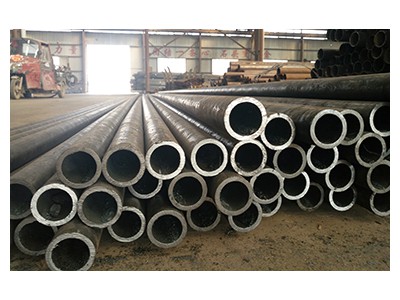Compared with castings and forgings, stamping parts are thin, even, light and strong. Stamping can produce workpieces with stiffeners, ribs, undulations or flanges that are difficult to manufacture by other methods to improve their rigidity. Due to the use of precision molds, the accuracy of the workpiece can reach the micron level, and the repeatability is high, the specifications are consistent, and holes and bosses can be punched out.
Cold stamping parts are generally no longer processed by cutting, or only a small amount of cutting processing is required. The accuracy and surface condition of hot stamping parts are lower than cold stamping parts, but still better than castings and forgings, and the cutting amount is less.
Stamping is an efficient production method. Using compound dies, especially multi-station progressive dies, multiple stamping processes can be completed on one press, and the whole process from strip uncoiling, leveling, punching to forming and finishing can be achieved. Automatic production. High production efficiency, good working conditions, low production cost, generally hundreds of pieces per minute can be produced.
Stamping is mainly classified by process, which can be divided into two categories: separation process and forming process. The separation process is also called punching, and its purpose is to separate the stamping part from the sheet along a certain contour line while ensuring the quality requirements of the separated section. The surface and internal properties of the sheet metal used for stamping have a great impact on the quality of the stamped product. The thickness of the stamping material is required to be accurate and uniform; the surface is smooth, without spots, scars, scratches, and surface cracks, etc.; the yield strength is uniform and there is no obvious Directionality; high uniform elongation; low yield ratio; low work hardening.
Main features: Stamping parts are mainly formed by stamping metal or non-metal sheet materials with the pressure of a press machine through a stamping die. It has the following characteristics:
⑴ Stamping parts are manufactured by stamping under the premise of low material consumption. The parts are light in weight and rigid. After the sheet material is plastically deformed, the internal structure of the metal is improved, which improves the strength of the stamping parts. .
⑵The stamping parts have high dimensional accuracy, the same size as the mold parts, and good interchangeability. It can meet general assembly and use requirements without further machining.
⑶In the stamping process, because the surface of the material is not damaged, the stamping parts have a good surface quality and a smooth and beautiful appearance, which provides convenient conditions for surface painting, electroplating, phosphating and other surface treatments.

















